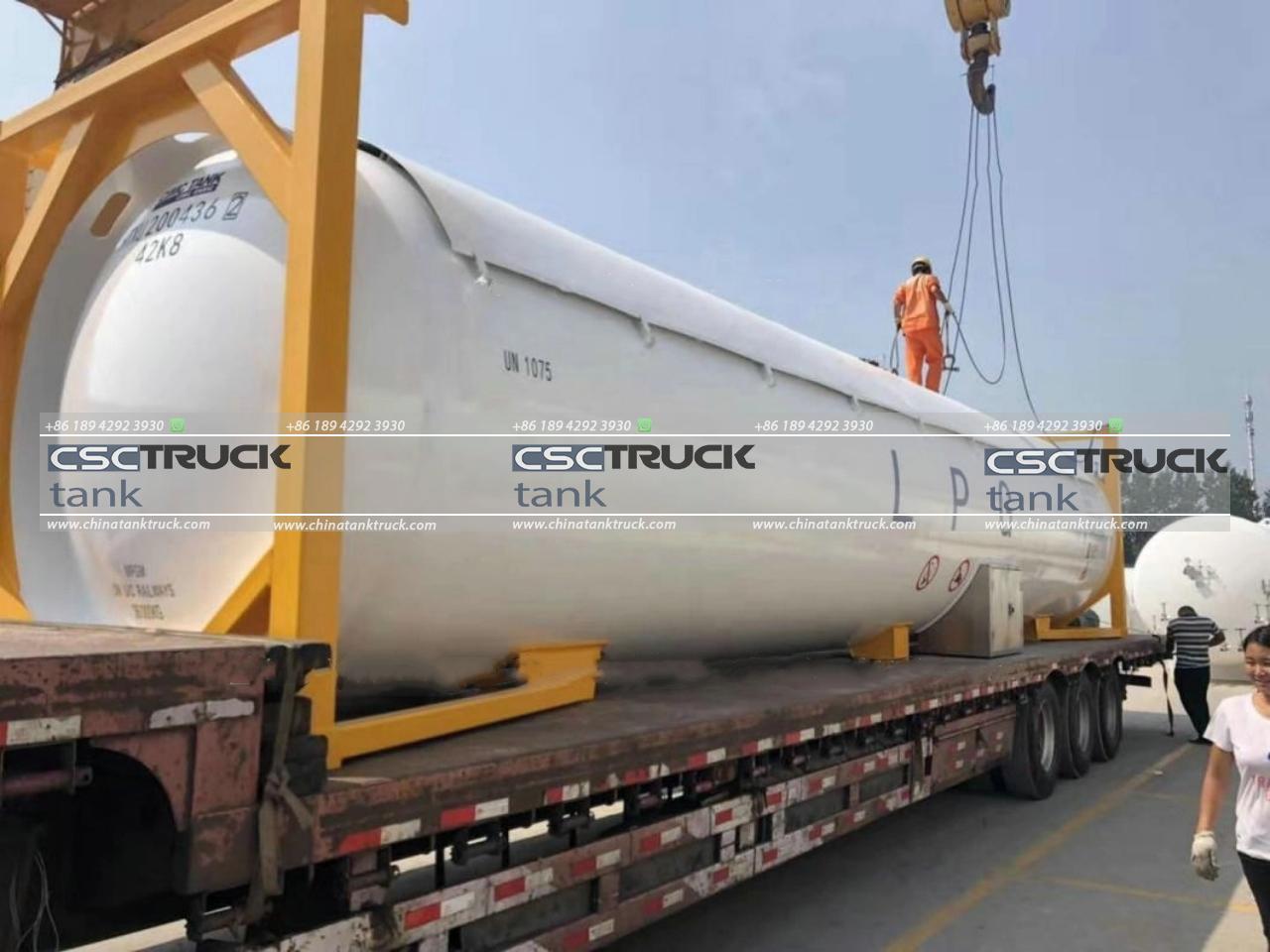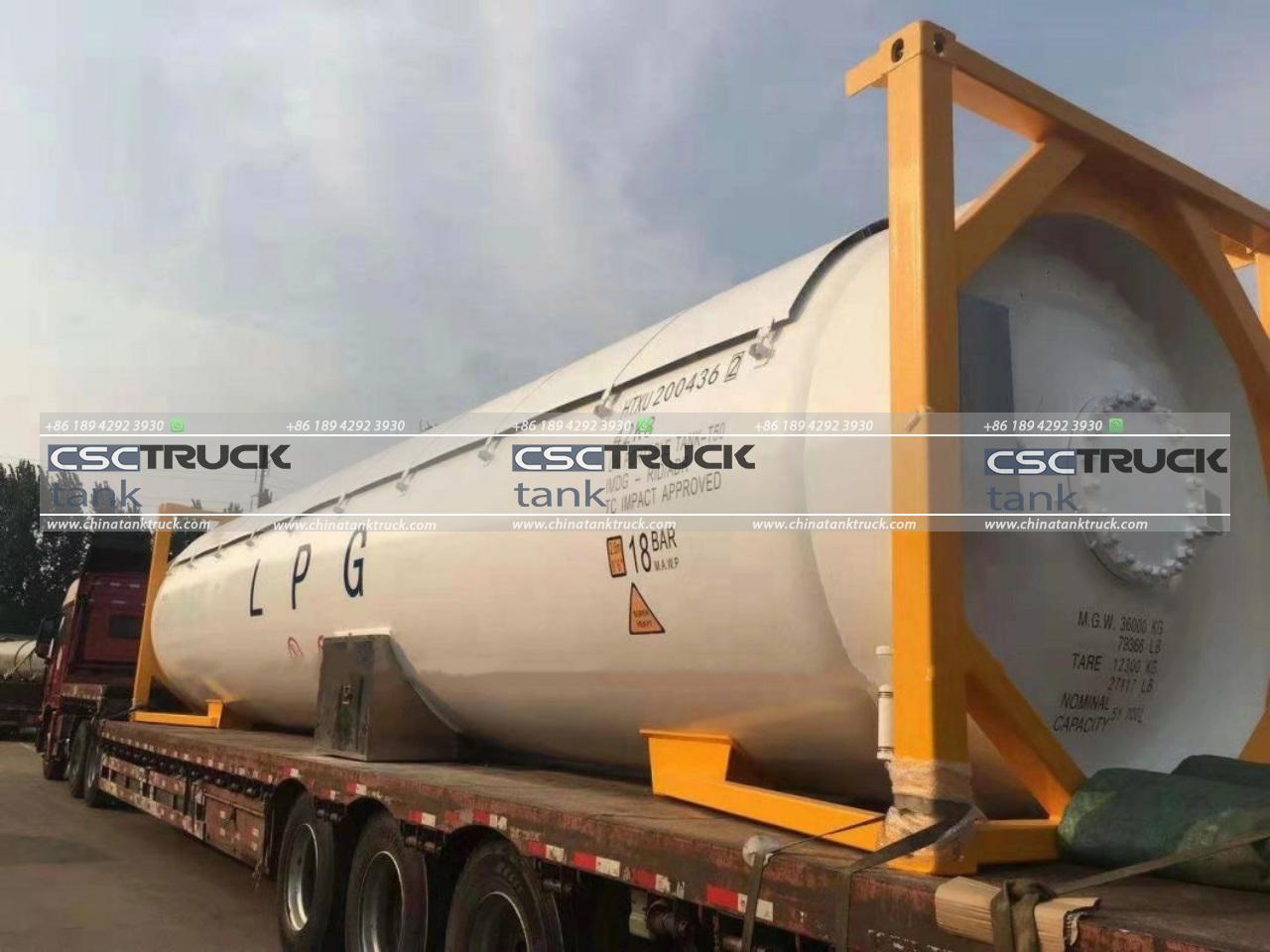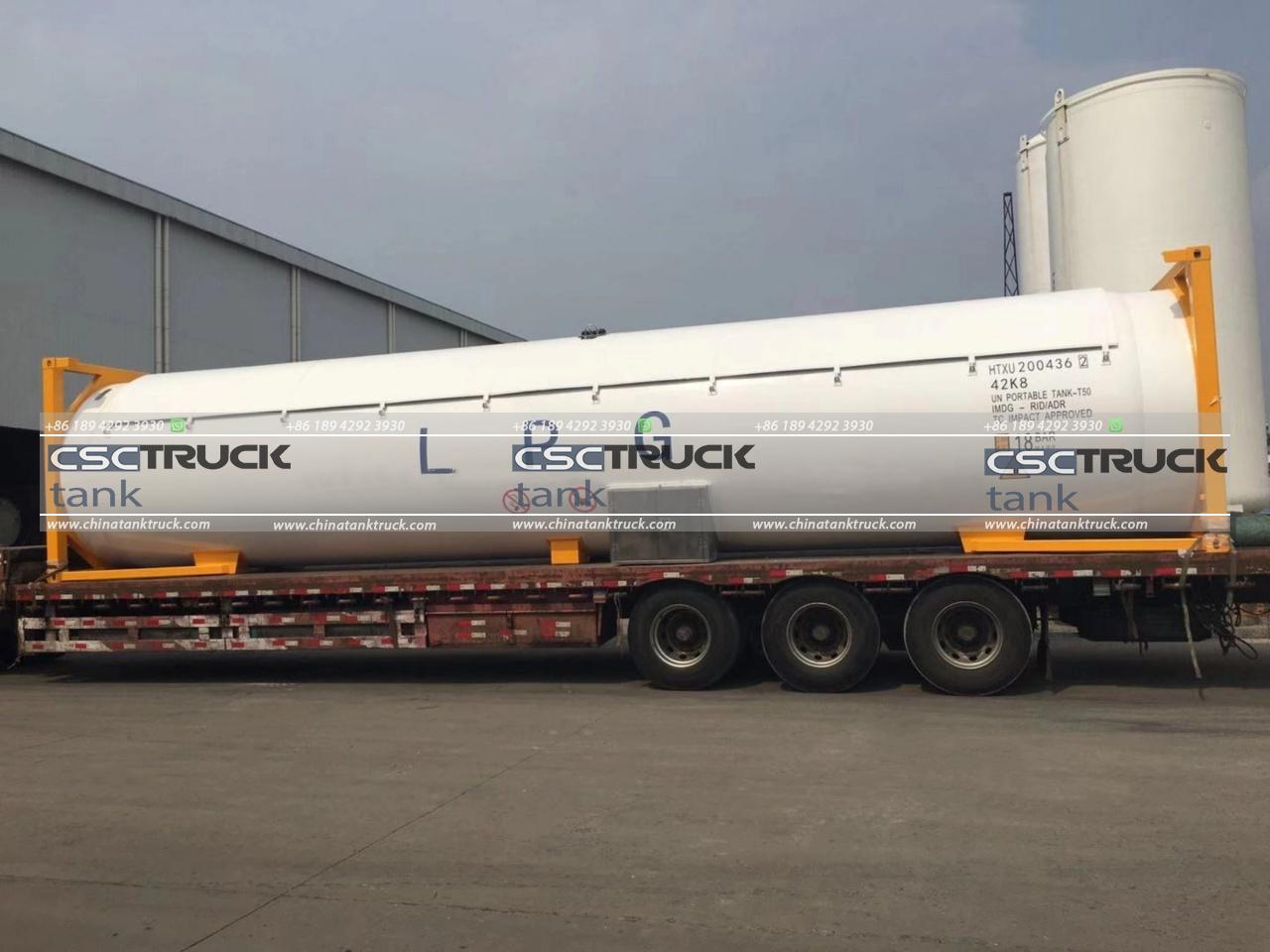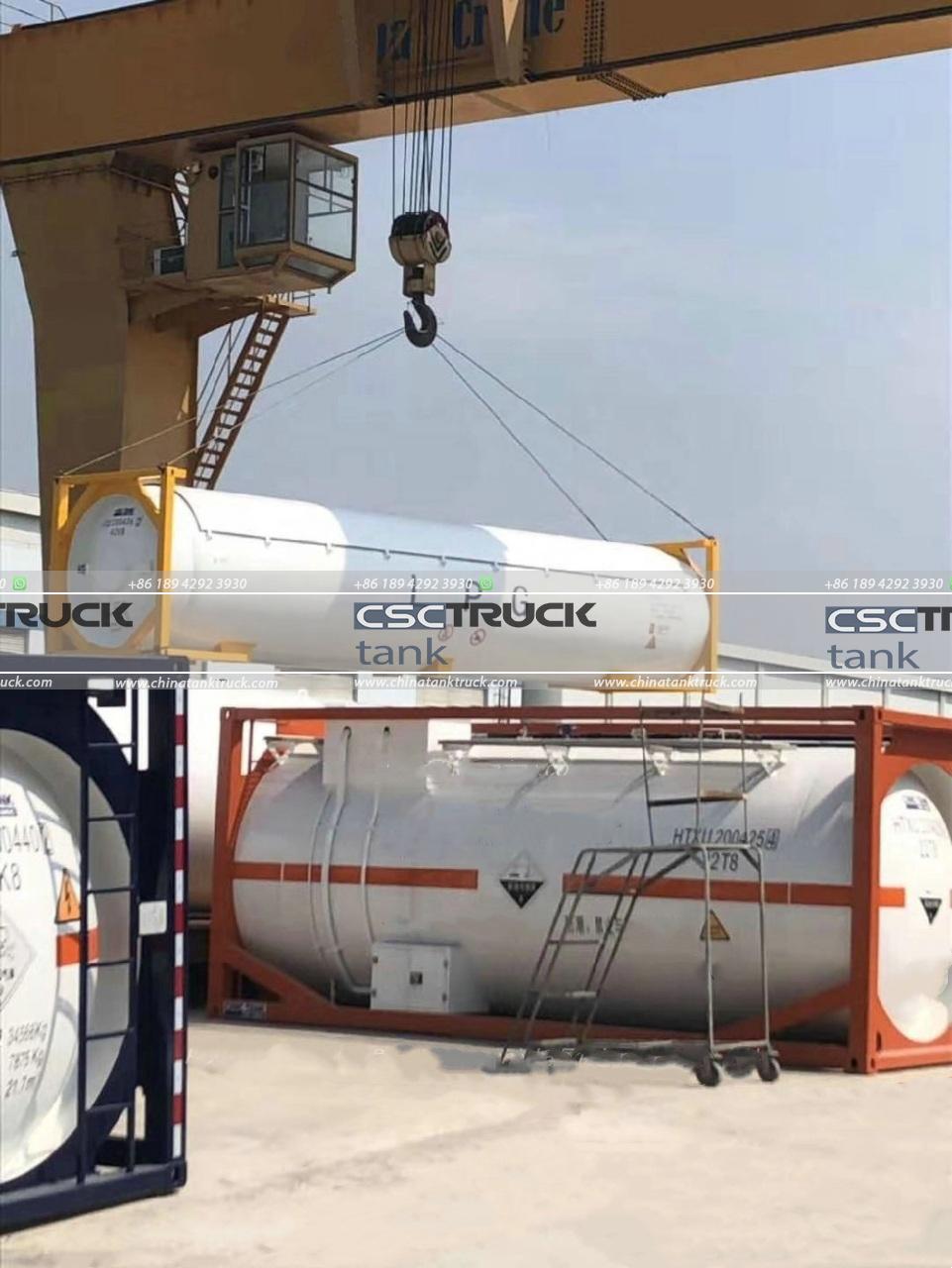How Big is an ISO Container?
ISO containers, often referred to as shipping containers or intermodal containers, are a fundamental component in global logistics and trade. They are the metal boxes you frequently see on ships, trucks, or trains, carrying everything from consumer goods to heavy machinery. These containers are standard in their construction, design, and dimensions, governed by the International Organization for Standardization (ISO). This standardization allows for seamless transportation across different modes—land, sea, and rail—without needing to unload and reload the cargo.
In this article, we’ll take an in-depth look at the dimensions of ISO containers, the types available, and how their sizes impact global transportation.
The Standard ISO Container Sizes
ISO containers come in various sizes, but the 2 most common sizes are 20 feet and 40 feet in length. These 2 sizes are often referred to as “Twenty-foot Equivalent Unit” (TEU) and “Forty-foot Equivalent Unit” (FEU) in shipping terminology. These standardized sizes help ensure that containers can be easily transferred between ships, trains, and trucks without needing special accommodations.
1. 20-Foot ISO Container (TEU)
A 20-foot ISO container is the most common size used in international shipping. Its dimensions are standardized to ensure compatibility with global shipping infrastructure.
– External Dimensions:
– Length: 20 feet (6.058 meters)
– Width: 8 feet (2.438 meters)
– Height: 8 feet 6 inches (2.591 meters)
– Internal Dimensions:
– Length: 19 feet 4 inches (5.898 meters)
– Width: 7 feet 9 inches (2.352 meters)
– Height: 7 feet 10 inches (2.393 meters)
– Maximum Gross Weight:
– 24,000 kg (52,900 lbs)
– Volume:
– Approx. 33 cubic meters (1,165 cubic feet)
A 20-foot container is widely used because of its versatility and manageable size. It is large enough to carry a significant amount of cargo while being small enough to maneuver through congested ports and fit on standard trucks.

2. 40-foot ISO Container (FEU)
The 40-foot ISO container is double the length of the 20-foot container, making it ideal for transporting larger or more voluminous cargo.
– External Dimensions:
– Length: 40 feet (12.192 meters)
– Width: 8 feet (2.438 meters)
– Height: 8 feet 6 inches (2.591 meters)
– Internal Dimensions:
– Length: 39 feet 6 inches (12.032 meters)
– Width: 7 feet 9 inches (2.352 meters)
– Height: 7 feet 10 inches (2.393 meters)
– Maximum Gross Weight:
– 30,480 kg (67,200 lbs)
– Volume:
– Approx. 67 cubic meters (2,350 cubic feet)
The 40-foot container is frequently used for larger loads, offering a substantial increase in capacity while only marginally increasing transportation costs.
Other ISO Container Sizes and Types
While 20-foot and 40-foot containers are the most common, there are several other sizes and types of containers designed to meet specialized shipping needs.
3. High Cube Containers
High Cube containers are similar to standard ISO containers but with an added foot of height. This extra vertical space is valuable for shipping goods that are tall or for increasing cargo capacity.
– Dimensions of a 40-foot High Cube:
– External Height: 9 feet 6 inches (2.896 meters)
– Internal Height: 8 feet 10 inches (2.698 meters)
– Volume: Approx. 76 cubic meters (2,694 cubic feet)
High Cube containers are widely used in industries like furniture, electronics, and large retail goods.

4. 45-Foot ISO Containers
The 45-foot container offers additional length, providing more space for bulky or high-volume items. Though less common than the 20 and 40-foot containers, it is used when extra length is needed without requiring two containers.
– External Dimensions:
– Length: 45 feet (13.716 meters)
– Width: 8 feet (2.438 meters)
– Height: 9 feet 6 inches (2.896 meters)
These containers are typically used in situations where maximizing space in a single container is critical, particularly in industries like manufacturing and retail.
5. Specialty Containers
Beyond the standard containers, the shipping industry also uses several specialty containers designed to transport goods that require specific handling.
– Refrigerated Containers (Reefers): Used for perishable goods like fruits, vegetables, and pharmaceuticals. These containers have built-in refrigeration units and come in 20 and 40-foot sizes.
– Open-Top Containers: These containers have a removable top and are used for oversized cargo like machinery or heavy equipment that cannot be loaded through the doors.
– Flat Rack Containers: These are essentially platforms without walls, used for oversized loads such as vehicles, industrial equipment, or heavy construction materials.
– Tank Containers: Designed to transport liquid or gaseous cargo, these containers feature a large cylindrical tank secured within a standard frame.

Impact of ISO Container Size on Global Trade
The dimensions of ISO containers may seem like a small detail, but they have a massive impact on the global supply chain. Standardization allows containers to be easily stacked and secured on ships, trains, and trucks, optimizing the logistics process. The ability to move containers seamlessly between different modes of transport—without repacking cargo—greatly enhances efficiency.
For example, container ships are built with the ability to stack containers in multiple layers. The most massive container ships can carry over 20,000 TEUs, an unimaginable feat without standardized dimensions.
Moreover, the compatibility of these containers with cranes, railcars, and trucks worldwide means that goods can move swiftly from factory to consumer, significantly reducing transportation costs. Ports, rail yards, and logistics centers are built around these standardized dimensions, creating a global system that minimizes delays and maximizes efficiency.
How to Choose the Right Container Size
When shipping goods, it’s essential to choose the appropriate container size. Here are a few factors to consider:
– Cargo Volume: A 20-foot container is ideal for smaller, denser cargo, while a 40-foot container is better for lighter but bulkier goods. For example, furniture manufacturers often use 40-foot containers to accommodate large but relatively light items.
– Cargo Weight: Even though a 40-foot container offers more space, it is limited by its maximum weight capacity. If your cargo is heavy but doesn’t take up much space, a 20-foot container may be a better choice.
– Type of Cargo: Some goods, like perishable items, require refrigerated containers, while oversized items might need flat racks or open-top containers.

Conclusion
The size of an ISO container plays a critical role in global logistics, making shipping efficient and cost-effective. The most common sizes—20-foot and 40-foot—offer the flexibility to transport a wide variety of goods, while specialty containers ensure that even perishable, oversized, or irregularly shaped cargo can be safely transported. Understanding the dimensions and capacities of these containers is key to optimizing your shipping processes, reducing costs, and ensuring that goods arrive safely and on time.
In today’s interconnected world, ISO containers are the backbone of trade, moving billions of dollars of goods every day. Their standardized sizes ensure a seamless journey across land, sea, and air, keeping the global economy in motion.

